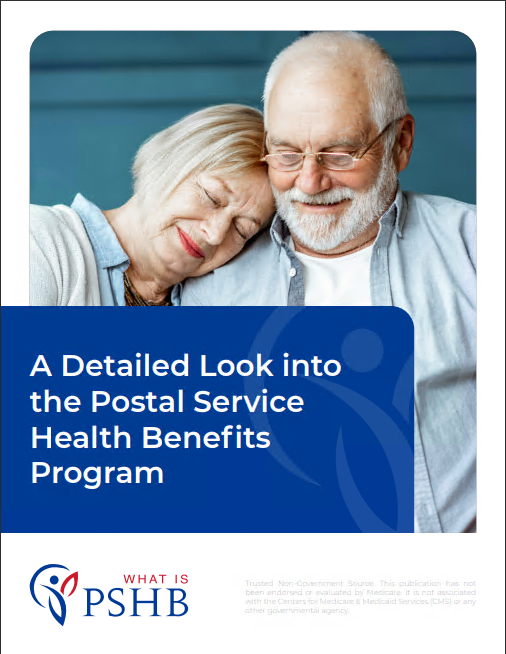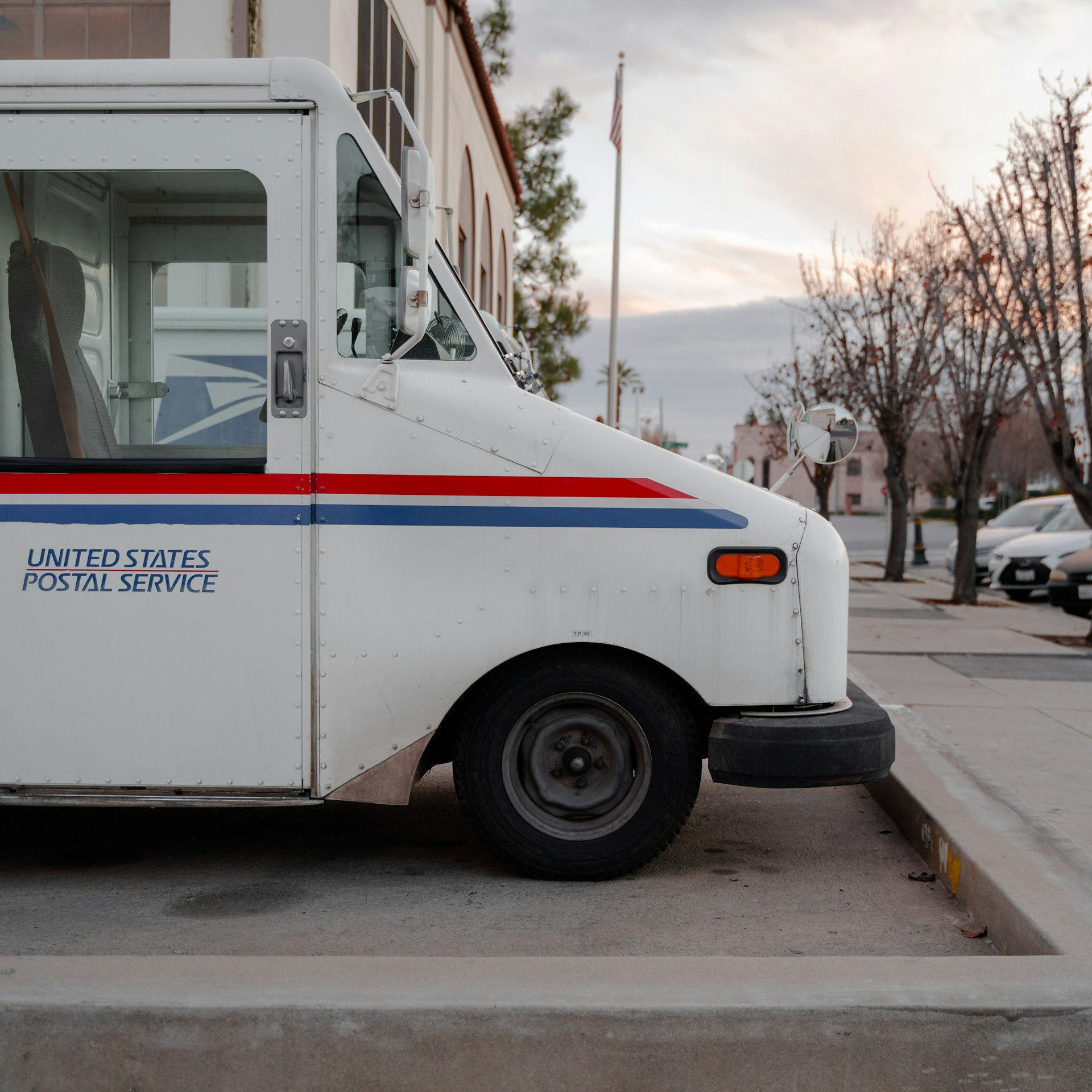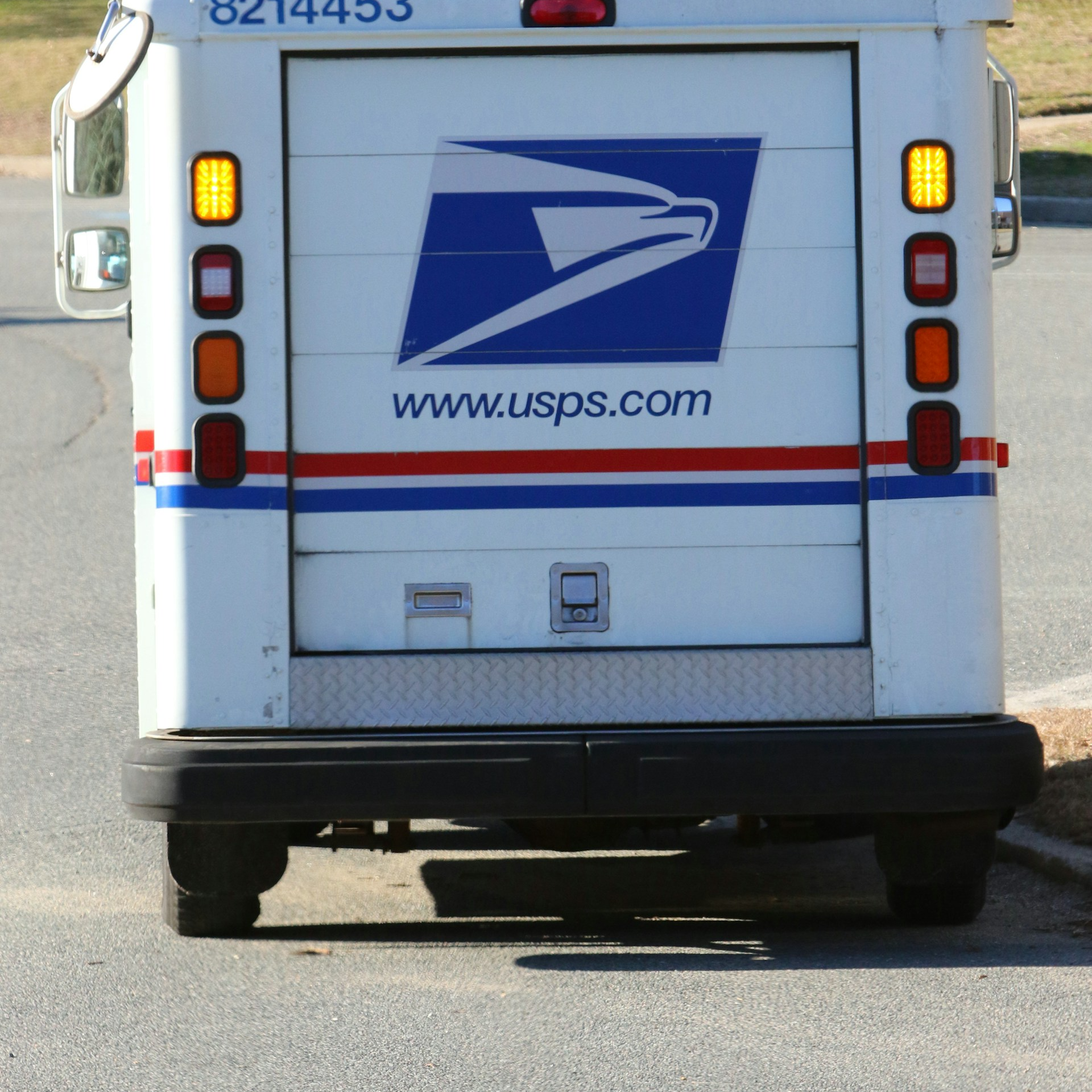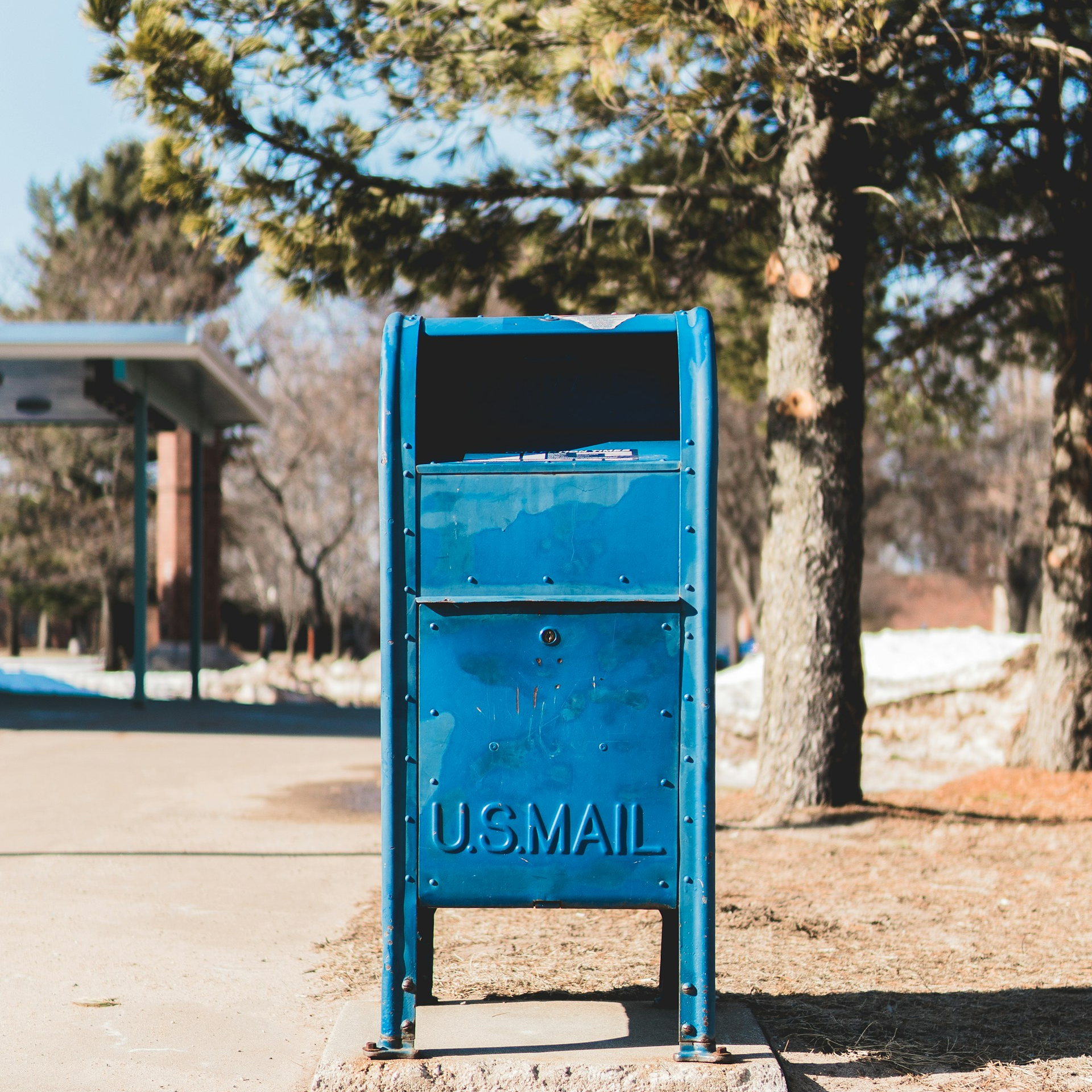Key Takeaways
• The transition from FEHB to PSHB in 2025 introduces changes that impact premiums, coverage, and eligibility.
• Understanding the five major differences between these programs helps you make an informed health benefits decision.
Understanding the Shift from FEHB to PSHB
If you’re a postal worker or retiree, you know that health benefits are a critical part of your overall compensation. As of 2025, the Federal Employees Health Benefits (FEHB) Program is no longer the primary option for Postal Service employees and retirees. Instead, the Postal Service Health Benefits (PSHB) Program has taken over. But what does this shift mean for you?
While some aspects of FEHB and PSHB remain similar, there are key differences that could influence your choice of health coverage. This guide breaks down five major distinctions so you can make the best decision for your needs.
1. Who’s Eligible for PSHB vs. FEHB?
One of the most critical changes in moving from FEHB to PSHB is the difference in eligibility rules. Under FEHB, all federal employees and retirees, including Postal Service workers, had access to coverage. However, PSHB is specifically tailored for Postal Service employees, retirees, and their eligible family members.
Key PSHB Eligibility Rules:
• Current Employees: If you’re an active Postal Service worker, you are automatically eligible to enroll in PSHB.
• Retirees: You must have been enrolled in an FEHB plan as a Postal Service employee to qualify for PSHB in retirement.
• Family Members: Spouses and dependents continue to be covered under PSHB, similar to FEHB.
• Medicare-Eligible Retirees: Unlike FEHB, PSHB requires most Medicare-eligible retirees and their family members to enroll in Medicare Part B to maintain their PSHB coverage.
This shift means some retirees may need to adjust their coverage strategy if they previously opted out of Medicare Part B.
2. How Premiums and Cost-Sharing Are Changing
Another significant change between FEHB and PSHB is how premiums and out-of-pocket costs are structured. FEHB plans had broad cost-sharing rules across all federal employees, but PSHB plans are designed exclusively for Postal Service workers and retirees.
Premium Contributions and Government Support
• The Postal Service contributes approximately 70% of your premium costs, similar to FEHB.
• Employee and retiree contribution amounts may differ from what you were paying under FEHB, depending on the specific PSHB plan you choose.
Out-of-Pocket Costs
PSHB plans may have different copayments, deductibles, and coinsurance rates compared to their FEHB equivalents. It’s important to review these details during Open Season to ensure your plan aligns with your healthcare needs.
3. Integration with Medicare: A Major Shift
One of the biggest changes affecting retirees is the integration of PSHB with Medicare. Unlike FEHB, where Medicare enrollment was optional, PSHB requires most Medicare-eligible annuitants and family members to enroll in Medicare Part B.
What This Means for Retirees
• Mandatory Medicare Part B Enrollment: If you retired after January 1, 2025, and are Medicare-eligible, you must enroll in Part B to keep your PSHB coverage.
• Cost Implications: Part B has its own monthly premium, which means additional healthcare costs for retirees who weren’t previously enrolled.
• Enhanced Coverage: Many PSHB plans offer reduced deductibles and out-of-pocket costs when paired with Medicare Part B, which could offset the extra expense.
If you’re approaching retirement, this Medicare requirement should be factored into your long-term financial and healthcare planning.
4. PSHB Offers Different Plan Options
FEHB provided a wide selection of plans from national and regional providers. PSHB still offers multiple plan options, but there are some differences in availability and coverage.
Changes in Available Plans
• Fewer Total Plans: Since PSHB is exclusive to Postal Service employees and retirees, some FEHB plans may no longer be available under PSHB.
• Specialized Coverage: PSHB plans are tailored to meet the unique needs of postal workers, which may result in better coverage options for certain medical services.
If you were enrolled in a specific FEHB plan, it’s important to check whether that plan is still available under PSHB or if you need to choose a new one.
5. Open Season and Enrollment Rules Are Slightly Different
Like FEHB, PSHB has an annual Open Season when you can select or change your health plan. However, there are some distinctions in how the enrollment process works.
Key Enrollment Periods
• Open Season (Nov. 11 – Dec. 13, 2025): This is your annual opportunity to make changes to your PSHB coverage.
• Automatic Transition: If you were enrolled in FEHB as a Postal Service employee or retiree, you were automatically moved into a comparable PSHB plan in 2025.
• Qualifying Life Events (QLEs): If you experience a life event like marriage, divorce, or the birth of a child, you may be eligible to change your PSHB plan outside of Open Season.
Since this is a new program, staying informed about deadlines and plan changes is crucial to avoiding lapses in coverage.
Making the Right Health Benefits Choice for Your Future
The shift from FEHB to PSHB is one of the most significant changes in federal employee health benefits in recent years. While the transition has been automatic for most, understanding the differences between these programs ensures you get the best coverage for your situation.
Key factors to consider include:
• Your current and future healthcare needs
• The cost implications of premiums, copays, and deductibles
• Whether you are prepared for Medicare Part B enrollment
Before Open Season, take time to review your PSHB options and make sure your plan aligns with your healthcare and financial goals.
Need More Guidance?
If you’re unsure about which PSHB plan is best for you, speaking with a licensed agent can help. Agents listed on this website can provide insights tailored to your health needs and financial situation.













